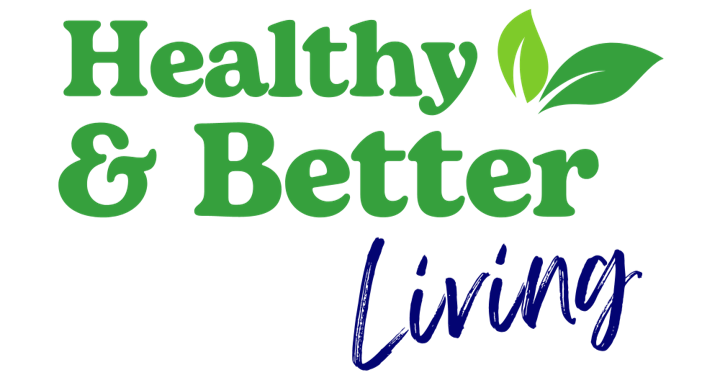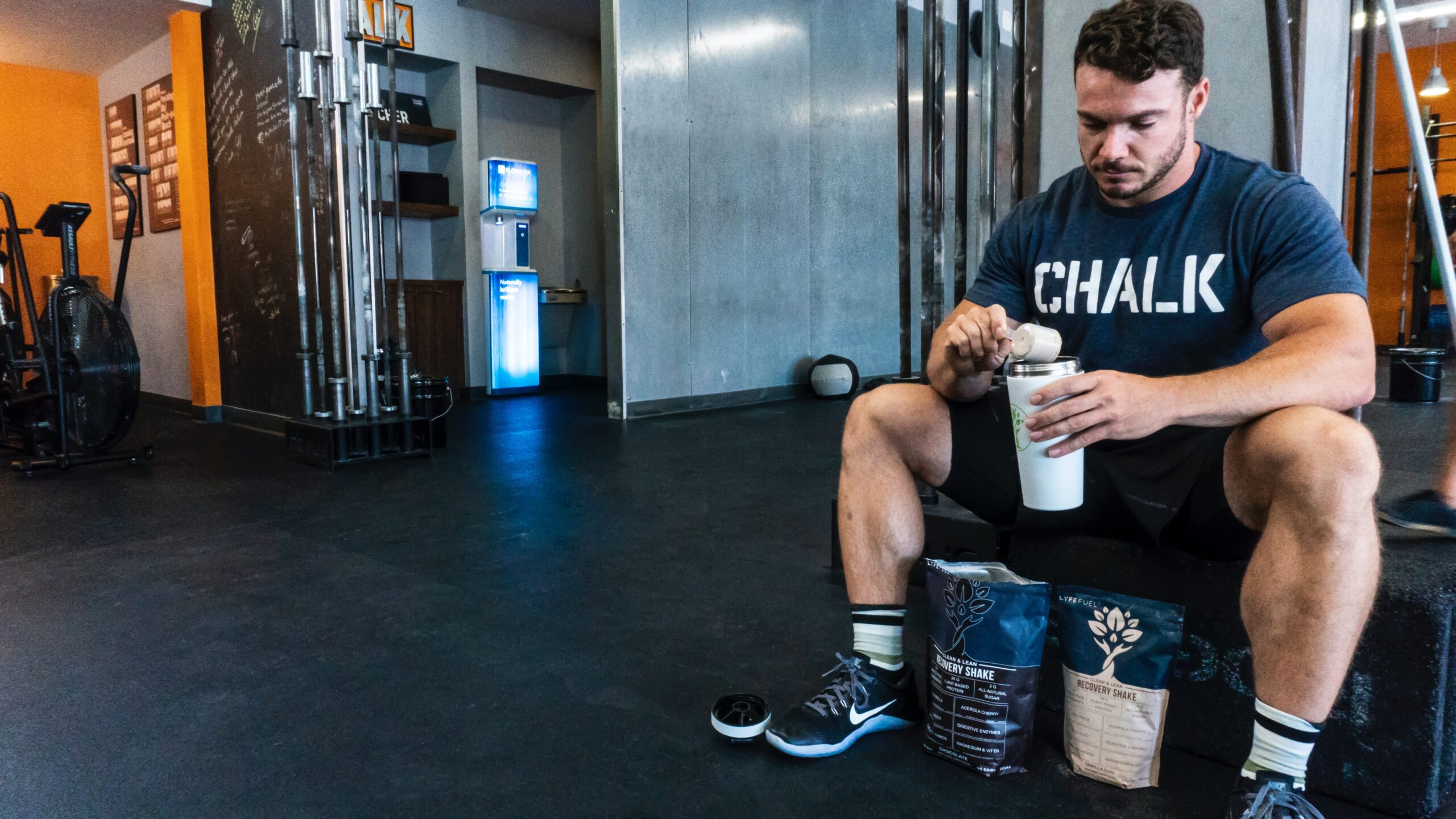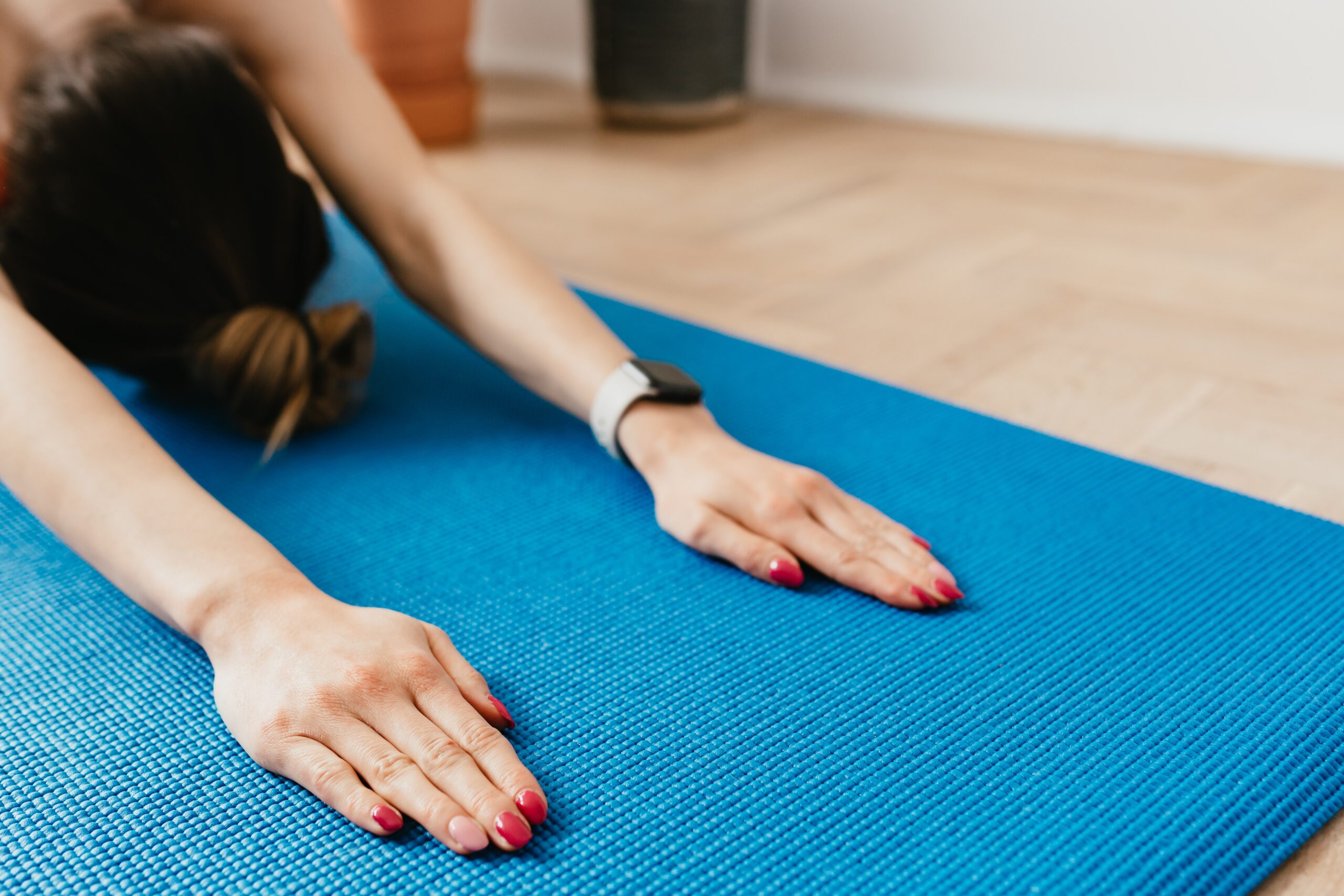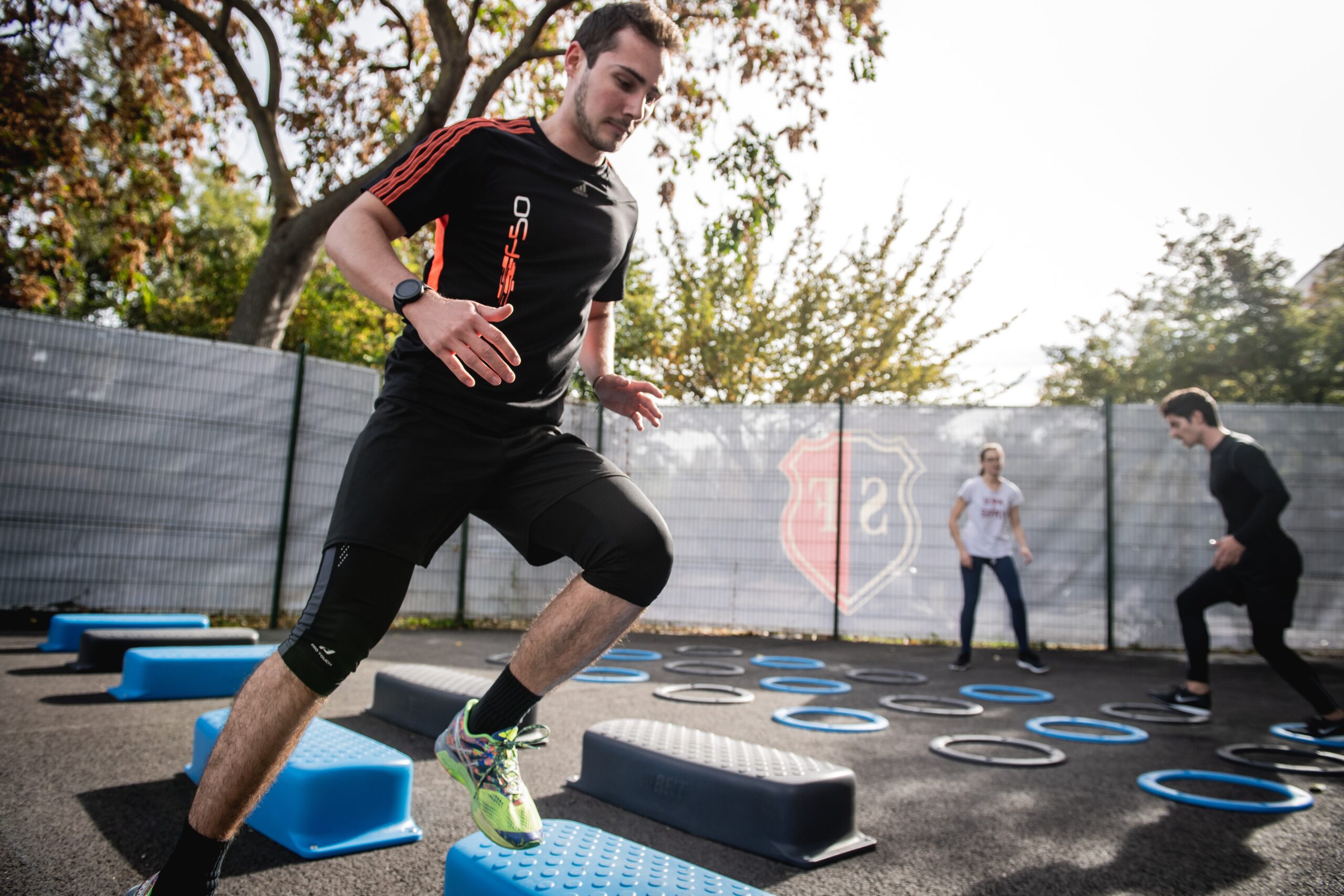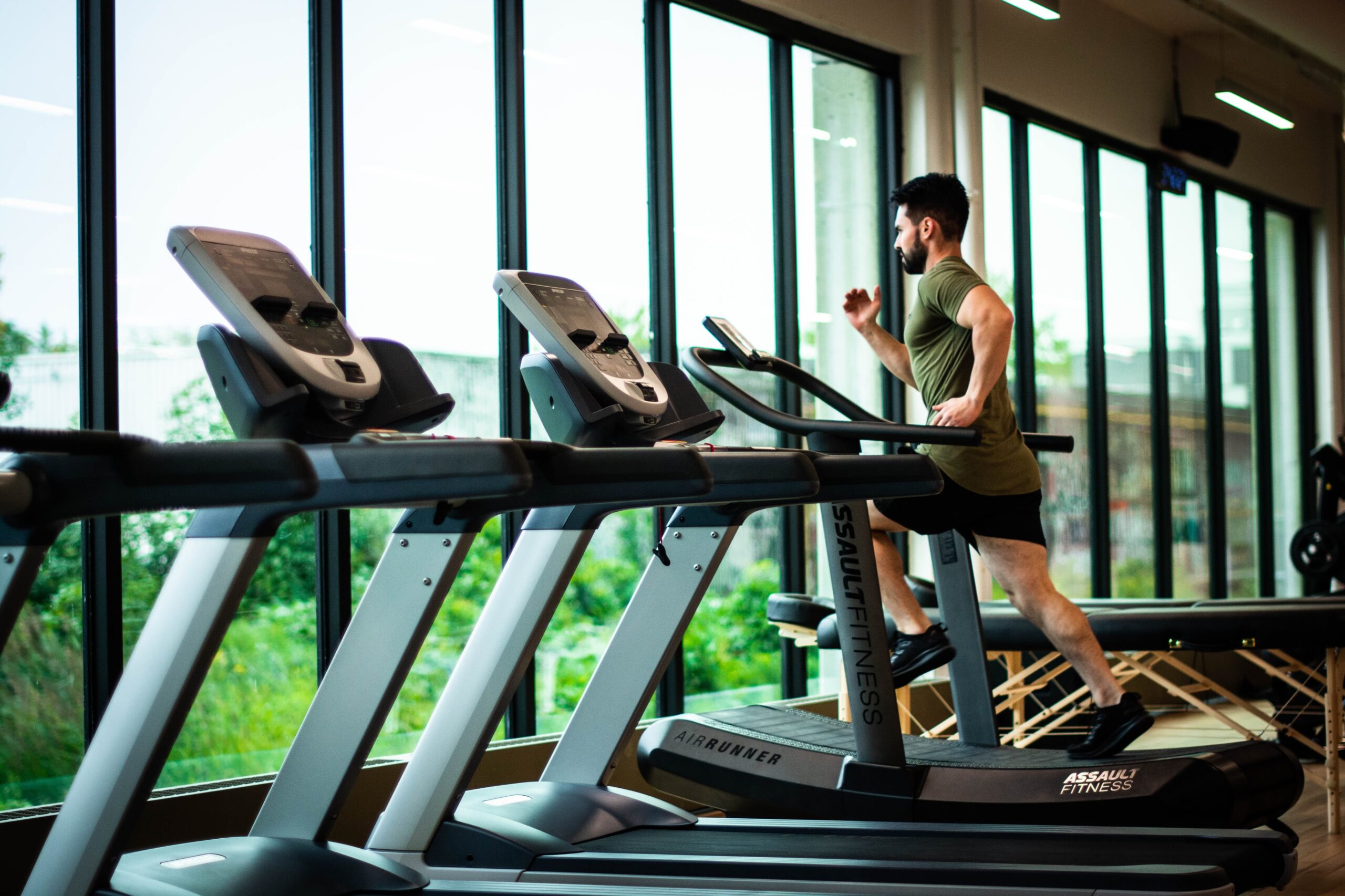Unlock optimal health with the best multivitamin for men. Dive into age-specific recommendations, nutrient bioavailability, and quality considerations. Elevate your wellness journey!
Continue readingGet Rid of Hip Dips: Sculpting a Sleek and Curvy Silhouette
Embark on a journey to get rid of hip dips and sculpt your ideal silhouette. From understanding the anatomy to embracing confidence, explore natural approaches and exercises for a curvier you.
Continue readingCrunching the Code: Mastering Lower Ab Exercises for a Sculpted Core
Unveil the power of lower ab exercises – not just for a chiseled physique but for improved core strength, posture, and athleticism. Dive into our guide, master the anatomy, and transform your fitness journey with targeted lower ab exercises today.
Continue readingUnlocking Heart Health: Lifestyle Changes for a Strong Cardiovascular System
Discover essential lifestyle changes and strategies for a strong cardiovascular system. This article provides practical insights on heart-healthy diets, exercise plans, stress management, maintaining a healthy weight, and more. Empower yourself with the knowledge to improve heart health and overall well-being.
Continue readingYour Dietary Roadmap: A Comprehensive Guide to 11 Types of Diets
Discover the complete guide to 11 types of diets, from Mediterranean to Atkins, and choose the right eating plan for your health and lifestyle. Personalize your approach, prioritize nutrient density, and seek professional guidance when needed.
Continue readingProtein Intake 101: Your Ultimate Guide for Muscle Building and Weight Loss
Unlock the power of protein for muscle building and weight loss. Discover the importance of protein, best sources, timing, and supplements for optimal results. Achieve your fitness goals with this comprehensive guide.
Continue readingYoga Magic: Discover the 5 Best Yoga Poses for Relieving Back Pain
Discover the best yoga poses for relieving back pain and enhancing your well-being naturally. Strengthen, stretch, and relax your muscles with these effective yoga poses. Find relief and improve your overall health today.
Continue readingThe Holy Grail of Fitness: Discover Its Mind-Blowing Benefits of HIIT Workouts
HIIT Workouts have been around for decades but have gained popularity in recent years due to their effectiveness in burning fat and improving overall fitness. In recent years, high-intensity interval training (HIIT) has become increasingly popular in the fitness world among athletes, bodybuilders, and young fitness enthusiasts.
HIIT is a form of cardiovascular exercise that alternates short, intense bursts of activity with periods of recovery. The versatile exercise effectively burns fat, increases muscle mass, enhances endurance, and boosts metabolism.
Key Takeaways:
- HIIT is a time-efficient workout that offers numerous benefits, including burning fat, increasing muscle mass, improving cardiovascular health, and boosting energy levels.
- HIIT workouts are short and intense, making them ideal for busy individuals looking to maximize their workout time.
- HIIT can be done anywhere with minimal equipment, making it a convenient option for people without access to a gym.
- Incorporating HIIT into your routine can increase endurance, improve metabolism, and aid in weight loss.
- HIIT is suitable for people of all fitness levels and can be modified to suit individual needs and abilities.
- It’s important to warm up and cool down properly before and after a HIIT workout to prevent injury.
- While HIIT is effective, it’s beneficial to incorporate a variety of exercises and activities into your fitness routine for overall health and well-being.
- Consult with a healthcare professional before starting HIIT, especially if you have a pre-existing injury, to ensure it’s safe for you and to receive appropriate modifications.
What is HIIT?
HIIT is a type of exercise that involves short, intense bursts of activity followed by periods of rest or low-intensity exercise. The goal is to get the heart rate up and keep it there for the duration of the workout.
The intensity of the exercise varies, but it usually involves high-intensity exercise for 20 to 60 seconds, followed by a short rest period of 10 to 30 seconds. A typical HIIT workout usually takes around 20 to 30 minutes and involves a range of exercises, including running, cycling, and bodyweight exercises.
Benefits of HIIT Workouts
- Time-efficient: HIIT workouts are designed to be short and intense, making them a great option for people with busy schedules who want to maximize their workout time. A typical HIIT workout can be completed in 20 to 30 minutes, making it easy to fit into your busy schedule.
- Burns fat: Studies have shown that HIIT can burn up to 30% more calories than other forms of exercise, such as steady-state cardio. The intense bursts of activity increase the body’s metabolic rate, which helps to burn more calories both during and after the workout.
- Improves cardiovascular health: HIIT is a form of cardiovascular exercise that can help to improve heart health and reduce the risk of heart disease. It can also improve blood pressure and cholesterol levels.
- Increases muscle mass: HIIT can help to build lean muscle mass, which can improve overall strength and help to increase metabolism.
- Boosts energy levels: HIIT workouts can be challenging, but they also release endorphins, which can help to boost energy levels and improve mood.
- Can be done anywhere: HIIT workouts can be done at home, at the gym, or outdoors with minimal equipment, making them a convenient option for people who don’t have access to a gym.
- Increases Endurance: HIIT can increase your endurance by improving your aerobic and anaerobic capacity. The short bursts of high-intensity exercise followed by periods of rest or low-intensity exercise train your body to recover quickly and perform better during exercise.
- Increases Metabolism: HIIT can increase your metabolism, which can lead to increased fat loss and weight loss. The high-intensity exercise increases your heart rate and metabolism, which leads to an increase in calories burned during and after exercise.
Also Read: Unleash the Fire Within: The Top-5 Fat Burning Cardio Workouts
How to Incorporate HIIT into Your Routine
To incorporate HIIT into your routine, start by selecting a form of exercise that you enjoy and feel comfortable with. Then, begin by doing short bursts of high-intensity exercise followed by periods of rest or low-intensity exercise. Start with a 1:1 work-to-rest ratio and gradually increase the duration of the work period while decreasing the rest period. It’s important to warm up before starting a HIIT workout and to cool down afterward to prevent injury.
HIIT can be incorporated into your routine in several ways, including:
- Running sprints
- Jumping jacks
- Burpees
- High knees
- Mountain climbers
These exercises can be done anywhere, with little to no equipment. You can also incorporate HIIT into your weightlifting routine by adding short bursts of high-intensity exercise between sets.
Common Misconceptions about HIIT Workouts
- HIIT is only for athletes: HIIT can be done by people of all fitness levels and can be modified to suit individual needs and abilities. You don’t necessarily have to be an elite athlete for HIIT.
- HIIT is dangerous: While HIIT can be challenging, it is not inherently dangerous. It’s important to start slowly and build up gradually to prevent injury.
- HIIT is the only effective form of exercise: While HIIT can be an effective way to achieve fitness goals, it’s important to incorporate a variety of exercises and activities into your routine for overall health and well-being.
Final Thoughts
HIIT is a time-efficient and effective form of exercise that offers numerous benefits, including improved cardiovascular health, increased muscle mass, and boosted energy levels. By incorporating HIIT into your fitness routine, you can achieve your fitness goals and improve your overall health and well-being.
Also Read: 15+ Proven Strategies to Improve Your Running Form Today
FAQs
- Q: Is HIIT suitable for beginners?
- A: Yes, HIIT can be modified to suit individual needs and abilities, making it a suitable option for people of all fitness levels.
- Q: How often should I do HIIT?
- A: It’s recommended to do HIIT workouts 2-3 times per week with rest days in between.
- Q: Can I do HIIT if I have a pre-existing injury?
- A: Before starting any new exercise routine, particularly if you have a pre-existing injury, it is crucial to seek advice from a healthcare professional. They can help you determine if HIIT is safe for you and provide modifications as needed.
- Q: Can I do HIIT at home without equipment?
- A: Yes, HIIT workouts can be done at home without equipment using bodyweight exercises such as squats, lunges, and push-ups.
- Q: How long should a HIIT workout be?
- A: HIIT workouts typically last between 20-30 minutes, but the duration can be adjusted based on individual needs and goals. It’s important to start slowly and build up gradually to prevent injury.
- Q: What is the best time to do HIIT?
- A: The best time to do HIIT is when you have the most energy and are least likely to be interrupted. This can vary from person to person, but many people find that doing HIIT in the morning before breakfast is effective.
- Q: Can HIIT be done at home?
- A: Yes, HIIT can be done at home with little to no equipment. Bodyweight exercises such as squats, lunges, and push-ups can be incorporated into a HIIT workout.
- Q: What should I eat before a HIIT workout?
- A: It is important to eat a small meal or snack before a HIIT workout to provide your body with the energy it needs. Foods that are high in carbohydrates and protein are good choices, such as a banana with peanut butter or a protein shake.
Hashtags: #HIIT #Fitness #Health #Workout #Exercise #Cardio #FatBurn #Endurance #Metabolism #Strength #Energy #WeightLoss #IntervalTraining #HealthyLifestyle #FitnessGoals
Note: The information provided in this article is for educational purposes only and should not be taken as medical advice. For personalized health recommendations, it is always advisable to consult with a healthcare professional before incorporating any changes to your daily health routine.
Unleash the Fire Within: The Top-5 Fat Burning Cardio Workouts
Discover the most effective cardio workouts for burning fat and improving your health. Learn tips and FAQs to get started on your fitness journey. #CardioWorkouts #FatBurning #FitnessTips
Continue reading